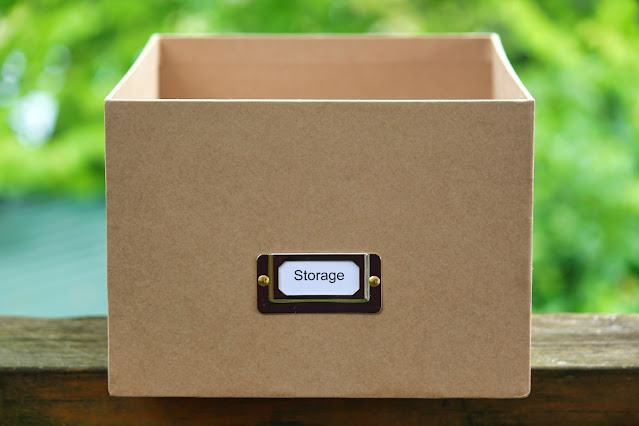IBM Fusion HCI Adds the Choice of Dell Servers

IBM Fusion HCI System has announced today a significant new choice for customers when configuring the hardware of a Fusion HCI System. Now customers can choose to build their Fusion HCI systems using Dell servers! The primary building blocks of a Fusion HCI System are the servers that provide the storage and compute resources. Now customers can choose between either Lenovo or Dell servers for these building blocks when defining the hardware of their Fusion HCI systems. The new Dell servers are PowerEdge R660XL servers. They come in both 32-core and 64-core configurations using Intel Xeon 4 "Sapphire Rapids" processors and high-speed DDR5 RAM. The 32-core Dell servers come standard with 256GB of RAM that can be optionally doubled to 512GB RAM. The 64-core Dell servers come standard with 1024GB RAM which can also be doubled to give 2048GB of RAM -- that's 32 GB of RAM per core! These Dell servers can optionally include up to 10x hot-swappable PCIe Gen 5 SED NV...





